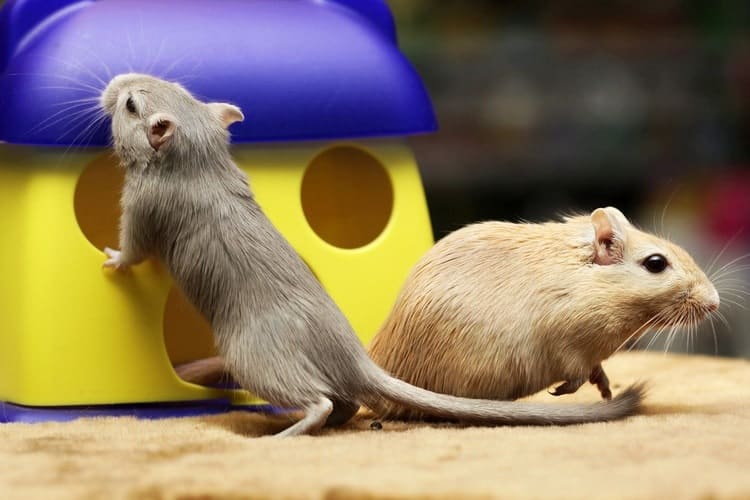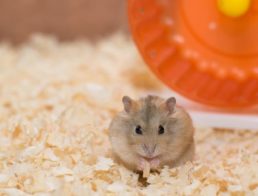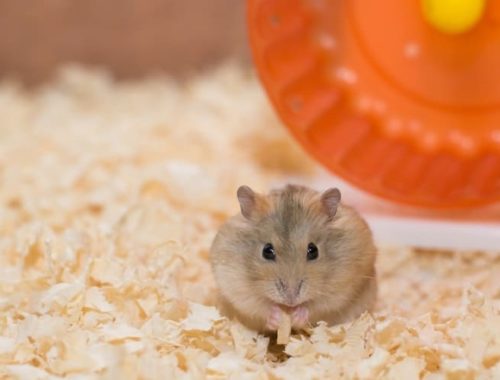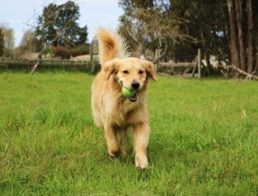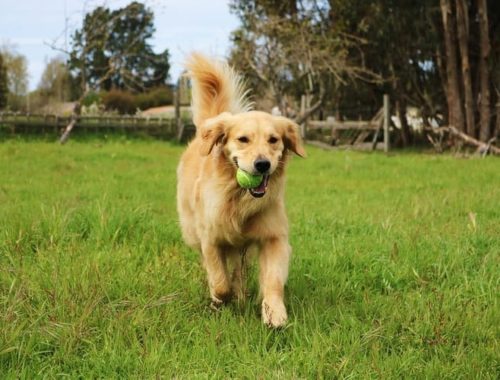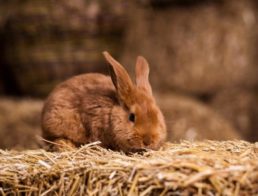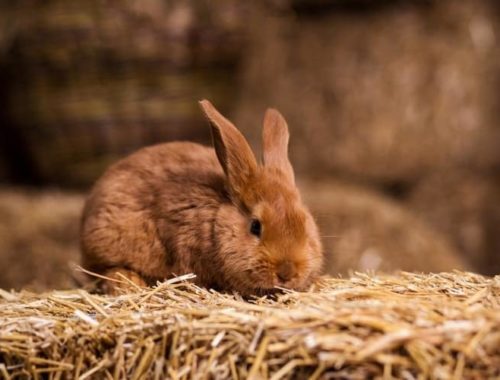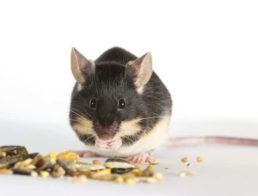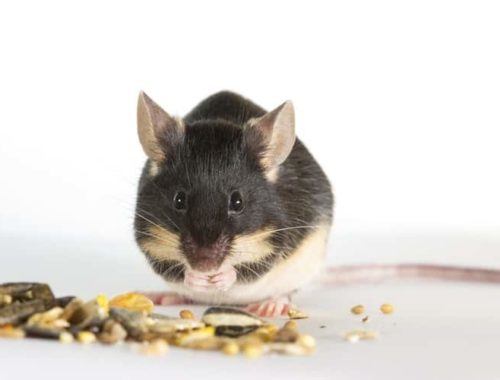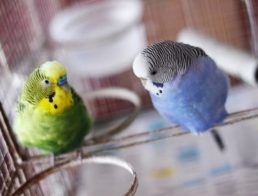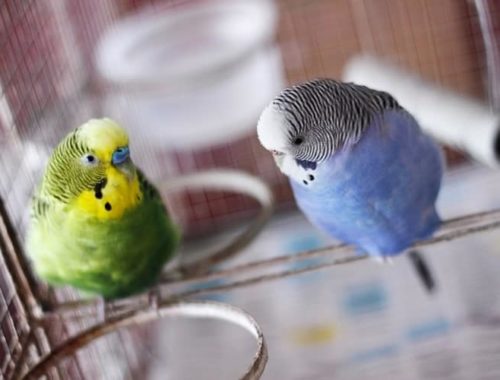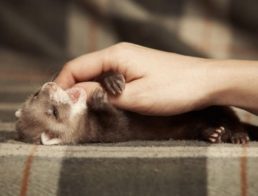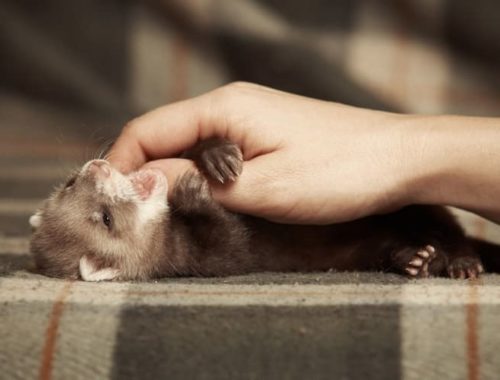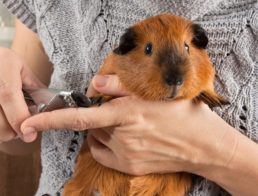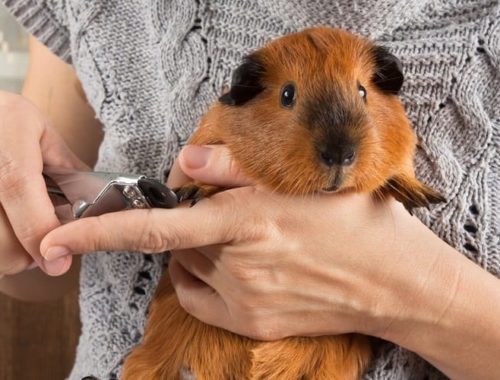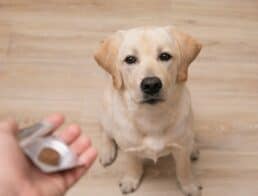Gerbils are small rodents that are popular pets for families with children. They are clean and somewhat friendly. Gerbils generally don’t bite people unless they are very frightened or being hurt, and they are quite low-maintenance. All of these features make gerbils a good choice for a first pet for a child old enough to handle them carefully or for an adult who doesn’t have the time to devote to a high-maintenance pet. Gerbils do best in pairs, so consider getting two who are already bonded to maximize their happiness and to minimize the chances that they will fight (which is what two gerbils who don’t know each other might do).
How to Set Up for Your Gerbil
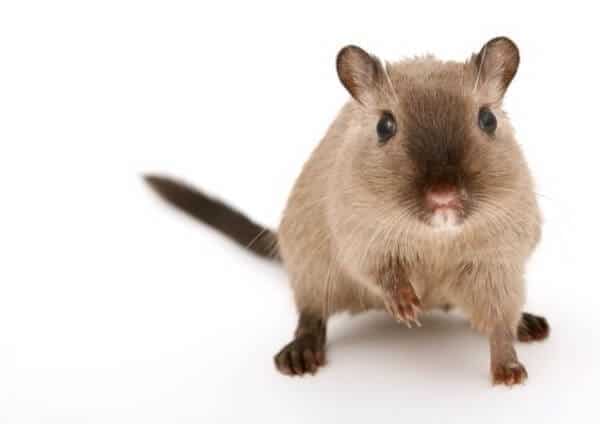
- Purchase a 10- or 15-gallon aquarium with a wire mesh lid. Gerbils are not only excellent climbers but also notorious chewers. Do not buy the type of cage that you might buy for a hamster that includes plastic tubes because a gerbil will chew right through it. A 15-gallon aquarium is the perfect habitat for two gerbils, and a 10-gallon aquarium is fine if you are purchasing one gerbil.
- Use a wide-mouth glass jar for a nesting area. Again, there are plastic nests that you can buy for other types of rodents, but they will not work for a gerbil. A wide-mouth glass jar will be a good place for your new pet to build a nest and she won’t be able to chew through it.
- Buy a metal exercise wheel with mesh. Make sure there are no plastic parts. The mesh grate will be safer than the typical ladder-style exercise wheel because gerbils can get their feet and tails caught in an exercise wheel with no mesh.
- Choose aspen shavings or shredded paper for bedding. Do not use cedar or other scented shavings, as these are toxic to gerbils. Your gerbil will want to nest, tunnel, and kick the bedding all around, so fill the aquarium with about four inches of shavings.
- Buy a ceramic food dish. It should be heavy enough not to tip and not made of any material (such as plastic) that your pet will chew through.
- Install a water bottle two or three inches above the top of the bedding. Because your gerbil will pile up her bedding, you will need to be sure that the water bottle spigot is at least two inches above the top of the bedding that you put in the habitat. Otherwise, the bedding will get into the straw and the bottle will leak.
- Save toilet paper tubes for toys. You will want to give your gerbil some toys to play with. The good news is that they are very happy with cardboard tubes. When one becomes shredded, replace it with another.
How to Feed Your Gerbil
- Buy a food mix for hamsters and gerbils, but remove the sunflower seeds. Sunflower seeds are too high in fat to be a mainstay of a gerbil’s diet. This food mix should make up about half of what you feed your pet.
- Use gerbil pellets for the other half of their diet. Gerbil pellets are formulated specifically for what a gerbil needs to stay healthy.
- Offer sunflower seeds occasionally as treats. You should offer these by hand as part of how you will train your gerbil to climb into your hand.
- Offer mealworms as snacks. These tasty snacks add more nutrition and variety to the diet.
- Use fresh fruits and vegetables (except for potatoes, onions and rhubarb) as snacks. Just put in small amounts and remove what doesn’t get eaten, because your gerbil will probably cover it with bedding once she’s done eating.
How to Pick Up Your Gerbil
- Place your hand palm-side-up near your gerbil and encourage him to climb into your hand. If you offer a snack, such as a sunflower seed, your gerbil will learn to trust you and will look forward to sitting in your hand.
- Hold him securely but gently. Close your hands around him so he can’t jump out of your hands and hurt himself. At the same time, be careful not to squeeze him.
- Wait until your gerbil goes into a toilet paper tube, cover both ends, and pick him up that way. If you need to move your gerbil to clean his cage or for some other reason, you can use a cardboard tube to move him. This is a good strategy if your gerbil doesn’t trust you enough yet to hop up into your hand.
- Wait until your gerbil goes into his jar, cover the opening, and pick him up like that. That is another alternative to picking him up in your hands.
- Do not lift your gerbil by the tail. Gerbils have fragile tails and this can seriously hurt your pet.
How to Clean Your Gerbil
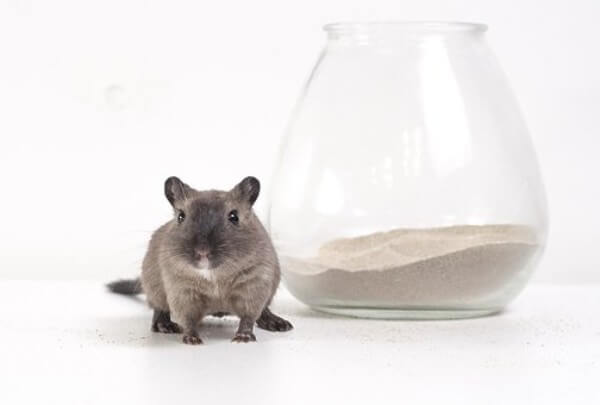
- Do not put your gerbil in water. They can get chilled and sick very easily. If your gerbil does get wet, be sure to gently dry her with a soft cloth and keep her somewhere warm until she is fully dry.
- Use a barely damp cloth to wipe off your gerbil if she looks dirty. If she has food on her or has otherwise gotten dirty, a slightly damp cloth is a good way to wipe her off.
- Give your gerbil a sand bath each week. Gerbils will naturally use sand to keep themselves clean. Buy chinchilla sand (not dust) and place some of it in a shallow bowl. Just place the bowl in your gerbil’s habitat and wait. Most gerbils will go into the bowl on their own to roll around and bathe themselves. You might need to coax yours in with a treat the first few times, but she should catch on and clean herself fairly easily. Remove the bowl of sand when she is done.
How to Clean Your Gerbil’s Tank
- Put your gerbil in a safe place. Another tank with a wire mesh top is ideal. You will need to find something that isn’t plastic or cardboard (because he will chew out very quickly) and that has an enclosed top so he can’t climb out.
- Remove the food dish, water bottle, jar, and exercise wheel from the aquarium. Wash all of it with warm, soapy water, rinse well, and leave it all to dry completely before returning it to the aquarium.
- Remove all of the old bedding from the aquarium. Dump out the old bedding into the garbage. You might need to use something to scrape any wet bedding from the corners.
- Wash the aquarium well with soap and water and rinse well. Using a gentle cleaner and some type of scrub brush, wash out the aquarium, paying special attention to the corners and edges. Be sure to remove all traces of soap by rinsing several times.
- Make sure the aquarium is fully dry before adding new bedding. You can use a towel to dry it out. Then you can use a hair dryer to dry out the corners very well.
- Return all of the cleaned accessories to the aquarium. Refill the bedding and add food and water. Be sure the water nozzle is at least two inches above the level of the bedding.
- Return your gerbil to the aquarium.
How to Tell If Your Gerbil Is Happy and Healthy
- Read a book on proper gerbil care. Learn all that you can about your new pet, how to keep him healthy, and what the signs of illness are by reading a good book on the subject. Websites will help, too.
- Check your pet’s eyes and ears. Both should be discharge-free. Your gerbil’s eyes should be bright, and his ears should look clean and not smell bad.
- Check his fur and body. Each time you clean out your gerbil’s tank, gently feel around your pet’s body to see if there are any lumps or bumps. If you feel anything out of the ordinary, take him to the veterinarian.
- Watch for diarrhea or vomiting. Gerbils can dehydrate very quickly, so if he has diarrhea or vomiting, this is an indication that he needs to see a vet immediately.
- Watch your gerbil as he moves around, runs, and plays. Check for any signs of limping or injury. Also, if your gerbil seems lethargic or less active than usual, it could be a sign that he is ill.
- Contact a veterinarian if you are worried about your gerbil. Most veterinarians treat small pets like gerbils. If you have a dog or a cat, call the same vet you use for that pet and see if they will see your gerbil as well. If you don’t, call any local veterinarian to ask. If the vet doesn’t see small pets like gerbils, they will be able to refer you to someone who does.


